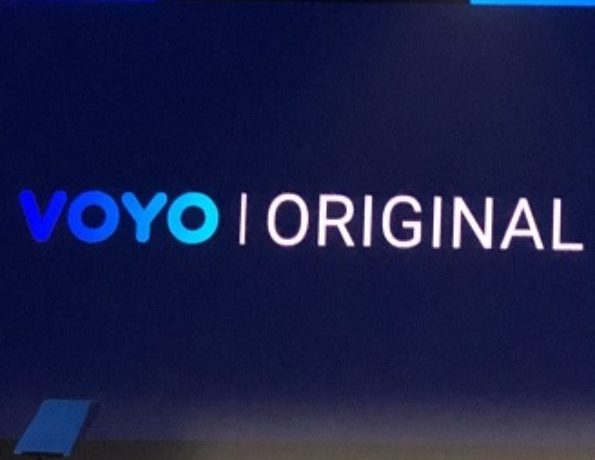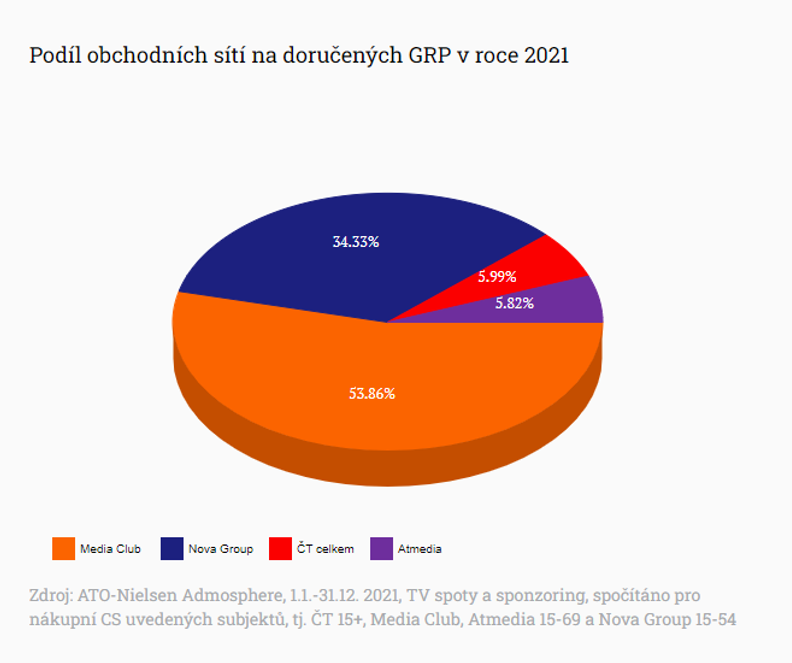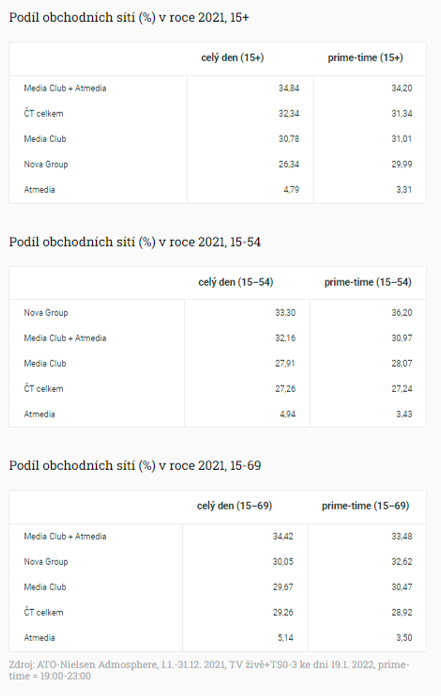The 2020s are set to be the decade of addressable media as consumption continues to shift toward connected platforms, opening up new possibilities for audience targeting, measurement, attribution and optimization – not just in digital, but in TV, audio, out-of-home (OOH), games and newer media formats and platforms.
For many industry participants, addressability – as well as using authenticated datasets and identity solutions to support ad buys – is the foundation of the new advertising ecosystem, facilitating the delivery of more relevant and effective marketing communications to attention-short consumers and helping media owners to future-proof their businesses.
However, new privacy and data protection regulations, anti-tracking safeguards and the deprecation of some of the established digital identifiers have resulted in a proliferation of new rules, different frameworks and competing offerings, leading to growing complexity and confusion in many European markets – for ad buyers and sellers alike.
The situation across Europe varies country-by-country. Solutions developed to meet the needs of publishers in one market may not necessarily work in the same way in other markets, and publisher needs vary widely.
Cross-media addressability adds an additional layer of complexity, with significant variations across different media channels – for example, in terms of pricing models, the range and quality of inventory in programmatic buying platforms, and the availability of identifiers at the user, device or household level. The infrastructure required to support cross-media addressability is still taking shape.
Now the European Addressable Media Initiative (EAMI), led by founding members Amobee, Carbon, Comscore, Finecast, LiveRamp, Lotame, Neustar and PubMatic, is aiming to help advertisers, agencies and media owners navigate the new landscape of identity resolution and addressability solutions in Europe.
Working with The Project X Institute (PXI), a brand-new think tank and strategic advisory collective for the media and advertising industries, the EAMI aims to develop practical guidelines to support the development of a positive and sustainable future for addressable media in Europe’s major advertising markets. These will be presented at an industry summit later in the year.
For Dr Daniel Knapp, an advisor-in-residence at PXI, the initiative comes as the industry enters a critical stage in its development: “Macro-changes in the advertising market and a tightening regulatory environment provide significant potential for media owners to differentiate themselves through addressability solutions that satisfy consumers, compel advertisers and marry privacy and targeting in a regulatory-compliant manner. In theory, this is a new dawn for advertising. But the avalanche of technologies, approaches, regulations and market cultures in Europe means that success requires collaboration and standardization.”
Rich Astley, global chief product officer at Finecast, agrees: “We’re at an inflection point in the industry where the next chapter of addressability is just starting to be written. Dialogue and collaboration in the ecosystem are key to ensuring that we establish sound principles that balance the emerging capabilities of technology solutions with respect for consumer privacy and great advertising experiences.”
For Hugh Stevens, head of strategic growth at LiveRamp, getting addressable right has to be a priority for the industry, bringing opportunities for improved consumer trust and future growth: “Addressability helps to build consumer trust, puts the consumer and the broadcaster in control, and creates an environment where advertisers and broadcasters can work closer together to deliver meaningful outcomes for brands. And, ultimately, better audience definitions will bring more advertisers and budgets into a growing digital TV market.”
The new initiative isn’t just focused on digital, but plans to adopt a broad cross-media scope, looking at the intersections between different media platforms, as advertisers seek to leverage data across different channels. Emma Newman, chief revenue officer, EMEA, at PubMatic (one of the founding members of the new initiative) says: “The media landscape is undergoing a fundamental shift toward a privacy-first world, with consumer privacy and consent at its heart. Publishers, buyers and the ecosystem more broadly need to rethink data-driven advertising. It takes a true industry effort and collaboration to create a standardized approach to audience addressability, which will allow companies to operate seamlessly.”
Jamie West, advisor-in-residence at PXI and former head of advanced advertising at Sky Media, agrees that cross-media addressability is a critical priority for the 2020s: “Addressable TV advertising is critical for the future of the European market, but increasingly needs to be seen in the context of the wider addressable media market – advertisers are clearly looking to integrate and align their campaigns across TV, digital and other media. We have to think more about cross-media addressability during the 2020s – the connected decade.”
Overseen by industry veterans Ian Maude and Jon Watts, the initiative will be supported by a team of highly experienced advisors, including Knapp, West, Joy Baer, Fiona McKinnon, Ashley MacKenzie, Tomas Salfischberger and Benedict Evans.
Baer, advisor-in-residence at PXI and previously general manager at Freewheel Advertisers, commented: “Cross industry collaborations such as this are essential to provide clarity and help marketers and publishers drive meaningful business outcomes with addressable media.”
The new initiative is being carefully positioned to build on work already under way across the industry, according to Watts, executive director of PXI: “As a first step, we want to take stock of what’s out there, across the buy- and sell-sides of the market, providing a diagnostic assessment of the European landscape for identity resolution and addressable media, with a clear taxonomy of definitions and frameworks. We’ll be consulting across the industry to form a clear view of what’s in place – and what work still needs to be done.”
Maude, executive director at PXI, added that the initiative will be focused on identifying practical solutions: “We are very much looking forward to working with our partners and the wider industry to develop practical recommendations to help ad buyers and sellers in Europe develop a sustainable future for their businesses in a privacy-first world.”
Source: thedrum.com









